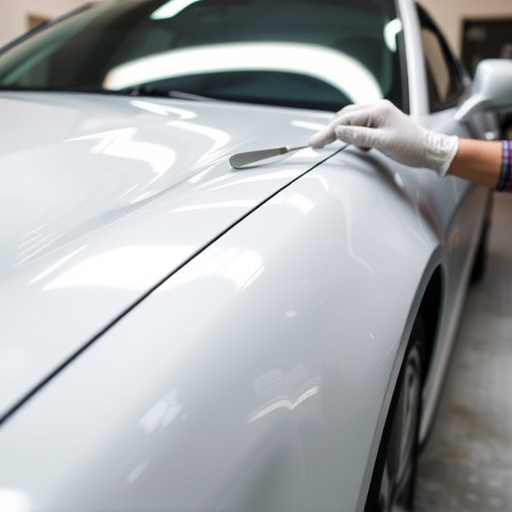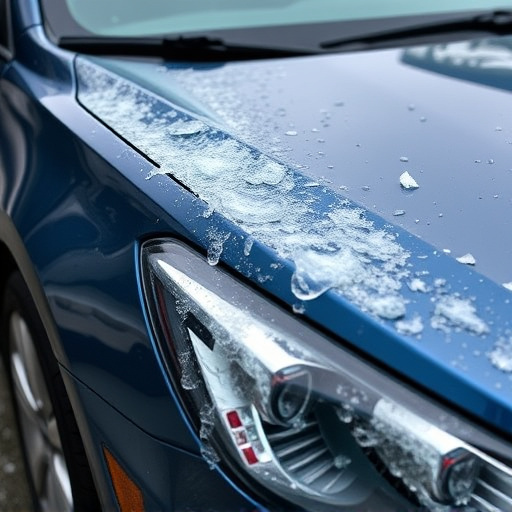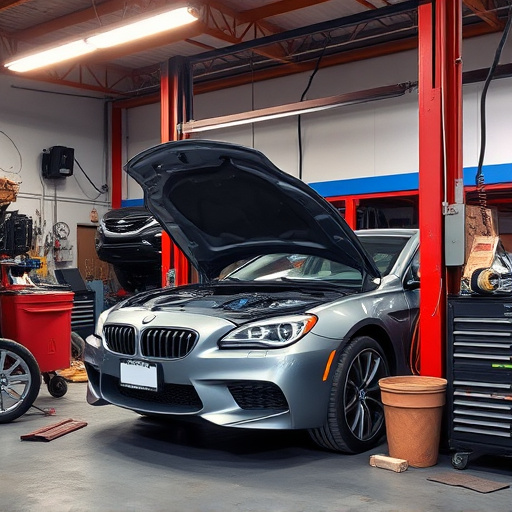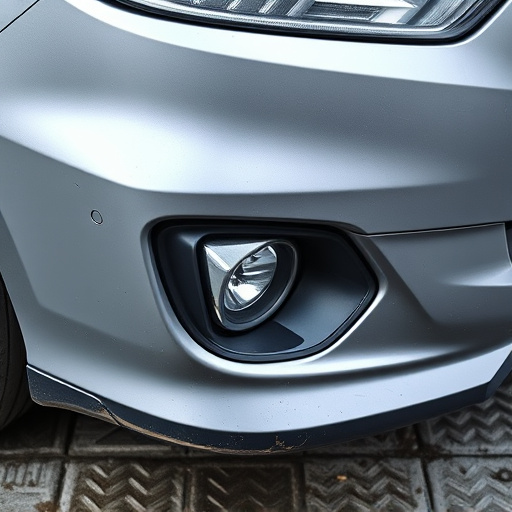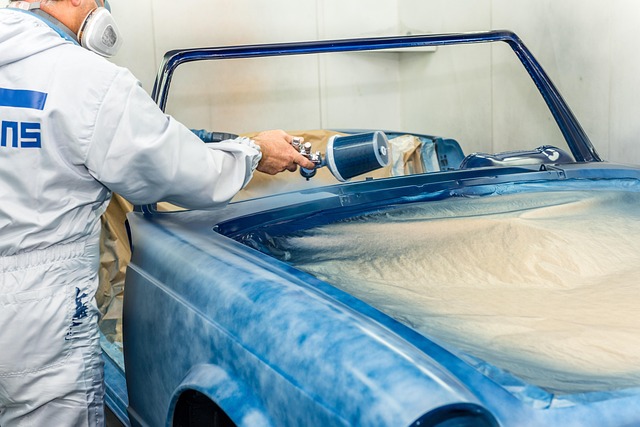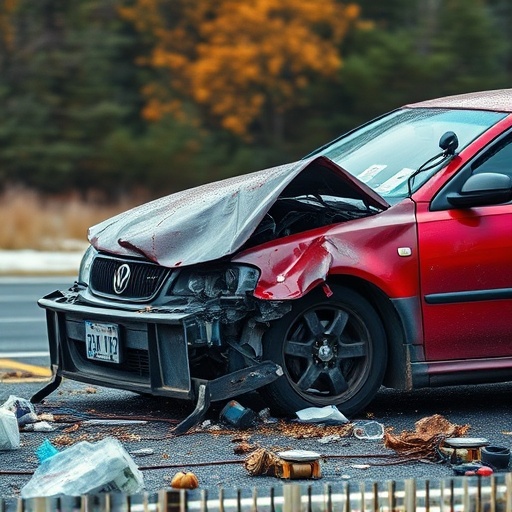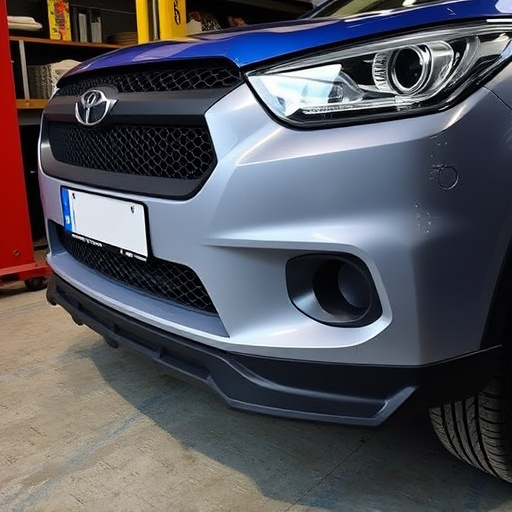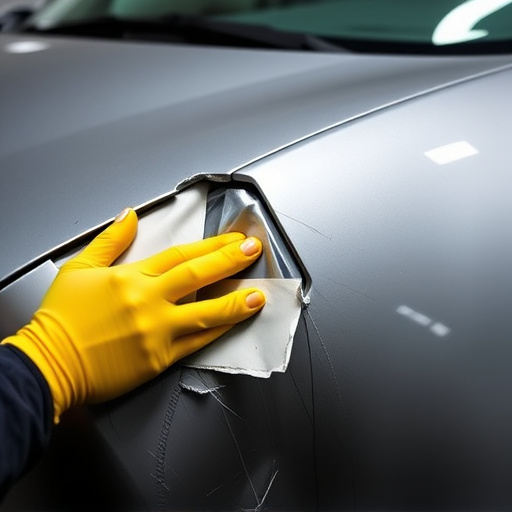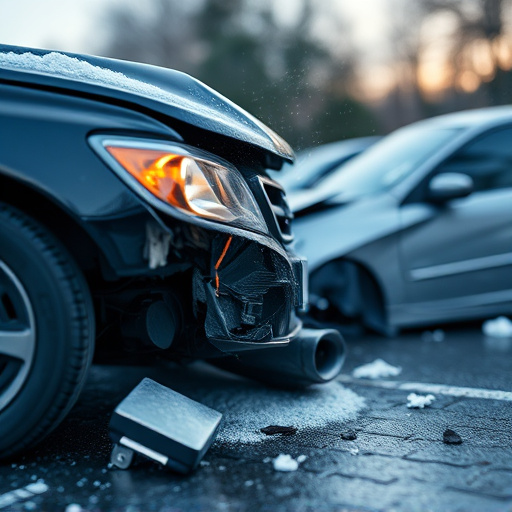Weather conditions, often overlooked, significantly impact vehicle structures, leading to a growing demand for auto frame repair services. Extreme weather events like storms and prolonged sunlight exposure cause rust and corrosion, while rapid temperature changes lead to body panel warping. Early detection and remediation are crucial to prevent further damage. Auto frame repair, paired with car paint services, restores structural integrity and aesthetic appeal, safeguarding against future environmental impacts. Timely action is vital to ensure vehicle safety and longevity, especially during specific seasons or in regions with drastic climate changes.
In the ever-changing climate, weather conditions play a significant role in shaping the landscape of auto frame repair needs. From intense storms to relentless heat waves, environmental factors can cause diverse and often complex damage to vehicle frames. Understanding these weather-related issues is crucial for efficient auto frame repair processes. This article explores prevalent weather-induced repair needs, delving into strategies that help professionals navigate post-weather challenges effectively, ensuring superior auto frame repair outcomes.
- Understanding Weather-Related Auto Frame Damage
- The Prevalence of Weather-Induced Repair Needs
- Strategies for Effective Post-Weather Auto Frame Repair
Understanding Weather-Related Auto Frame Damage

Weather can play a significant role in causing auto frame damage, leading to increased demand for auto frame repair services. Extreme conditions like heavy storms, blizzards, or prolonged exposure to sunlight can wreak havoc on vehicle structures over time. Rust is a common issue, particularly in regions with high humidity levels, as water seeps into metal joints and panels, causing corrosion that weakens the overall integrity of the car’s frame.
Additionally, sudden temperature changes, such as hot summers followed by freezing winters, can cause metal to expand and contract, resulting in warping or misalignment of body panels. These weather-related issues may go unnoticed until they escalate, requiring professional intervention from an auto repair shop specializing in precision frame straightening and car body restoration. Timely identification and remediation of these problems are crucial to prevent further damage and ensure safe, reliable vehicle operation. Car paint services often complement auto frame repair by restoring the vehicle’s aesthetic appeal, protecting it from future environmental impacts.
The Prevalence of Weather-Induced Repair Needs
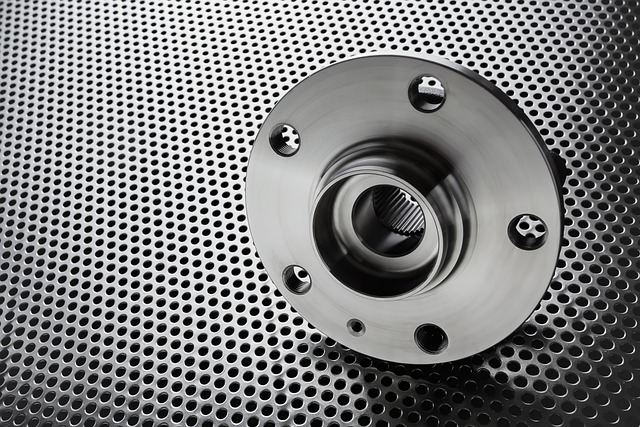
The impact of weather on vehicles is a significant factor that often goes unnoticed until it manifests as repair needs. Extreme weather conditions, such as heavy rain, snow, and heatwaves, can cause various issues that require auto frame repair. From rust development due to moisture penetration to structural damage from blizzards or hailstorms, weather-related challenges are prevalent across different climates. These environmental factors contribute to the deterioration of vehicle bodies over time, making auto frame repair a common necessity for many car owners.
Moreover, everyday exposure to sunlight and varying temperatures can accelerate the aging process of cars, leading to issues like paint bubbling, denting, and cracks. The need for auto body shop services thus becomes more urgent during specific seasons or in regions with drastic weather changes. As such, understanding how weather influences vehicle maintenance is crucial for car owners to anticipate and address potential frame repair needs promptly, ensuring the safety and longevity of their vehicles.
Strategies for Effective Post-Weather Auto Frame Repair

After a severe weather event, auto frame repair becomes crucial for ensuring both safety and vehicle longevity. The first step in effective post-weather auto frame repair is a thorough inspection. This involves not only assessing visible damage but also using advanced diagnostic tools to uncover potential hidden issues. Experts recommend using specialized equipment such as 3D measuring systems and computer-aided design (CAD) software to pinpoint exact misalignments and structural weaknesses.
Once the extent of damage to the vehicle bodywork is established, a tailored repair strategy can be devised. This may involve straightening bent metal panels, realigning damaged frames, and replacing components like fenders, doors, or hoods. Utilizing modern techniques like robotic welding and precision paint matching ensures that the car body repair is both structurally sound and aesthetically pleasing. Remember, timely action is key; prompt auto frame repair not only preserves the vehicle’s structural integrity but also helps to prevent further damage caused by exposure to elements like rain and snow.
In conclusion, weather conditions play a significant role in increasing the demand for auto frame repair services. Understanding the common types of weather-related damage and implementing effective strategies can help repair shops streamline their processes and better cater to post-weather vehicle needs. By staying proactive and equipped, professionals in the automotive industry can ensure faster turnaround times and higher customer satisfaction when it comes to auto frame repairs.
